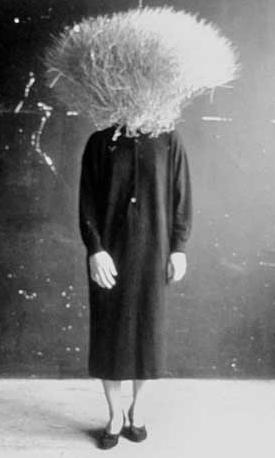
Nonfiction is translation, a word that literally means to “carry across.” Where translators carry a text from one language into another, nonfiction writers carry the “texts” of the worlds around us and the worlds within us to the text of words on the page.
Both transports are trickier than they first appear. If all languages worked the same way the translator’s job would be easy. But they don’t, so each word choice in translation is encumbered by all the connotation, denotation, usage history, and nuance of meaning in both languages and both cultures that the translator can imagine and/or research. In nonfiction, not only are there complexities of language to navigate, but also the contours of memory, of experience, of perception, of subjectivity—of every existential and epistemological consideration the writer can imagine and/or research. (Of course, you could imagine that there are no complexities in writing nonfiction, but you could also “imagine” that ahora and vaco rhyme as now and cow do.)
Fortunately for us, translation has long recognized its complexity and has answered to it with theory, much of which can be applied to nonfiction. To explain, first some basics of translation:
The act—and art—of translation happens in the carrying across of what is commonly called the “source text” (the poem, story, play, or essay in one language) to the “target text” (that same poem, story, play, or essay in another language). If the translation is a “good” one, we usually mean two things: the writing in the “target text” is fluid, rhythmic, economical, etc.—all the qualities of good writing—and that a major aspect of the source text, usually the content but sometimes the form, has been most faithfully preserved. It’s difficult to do both.
This leads to two other major terms in translation theory, “domestication” and “foreignization.” Domestication is when you prioritize the reading experience of the target text at the expense of the source text content. For example, instead of translating an idiom directly—a Chinese character says, “he’s my Zhuge Liang”—you find something in American English that has a similar meaning: “he’s my right-hand-man.” This choice “domesticates” the source text by making the idiom American, forgetting about the reference to this Han Dynasty military advisor. If you were to foreignize that line, you’d keep the historical, culture-specific reference and put a question mark in the head of the reader, who then has to figure out who Zhuge Liang was or pick up some context clues as to what this phrase means.
The difference between domestication and foreignization was characterized by 19th century translator and theorist Friedrich Schleiermacher as either 1) a disturbance to the reader for the sake of source text integrity, or 2) a disturbance to the source text for the sake of the reader’s comfort. This dilemma also faces nonfiction.
Nonfiction is a kind of translation in that it first makes the claim that there is a “source text” of actual lived experience in the “real world”—however the author wants to define this. (For the sake of time and probably your patience here I have to make a hairpin turn away from the edge of the “what is real and what is truth” cliff. Decide for yourself; you’re still translating.) In this translation, the nonfiction writer makes choices to domesticate or foreignize.
For example: Say I’m writing an essay about my buddy Nate. If I remain completely faithful to the source text, I’d interview Nate and transcribe his quotes exactly, even keeping his incomplete sentences and particular use of “dude,” “man,” “you know what I’m sayin’,” fillers. Documentary playwrights have used this technique to capture a character through the preservation of unique speech patterns. Nate would be left as he is, the reader would have an awkward experience, and the target text would be thus foreignized. If I want to completely domesticate Nate, I wouldn’t interview him; I’d compose all his statements so the reader would have a totally fluid, coherent, rhythmic, economical, etc. speaker on the page. That wouldn’t at all be the Nate that exists in the real world (because no one actually speaks like this) but the reader would glide down the page with no trouble. Memoir is likely to take this approach. If I want to do something in between, I can do what a journalist does: interview Nate to capture his words and the way he uses them, but complete his sentences and give him the veneer of eloquence.
Or—and this is what more realistically happens both in the art of translation and the art of nonfiction—the decision to domesticate or foreignize the source text comes line-by-line, word-by-word.
Naming and qualifying all of these terms wouldn’t make the transport of Zhuge Liang or Nate any less tricky. But it would offer the carrier a sophisticated way to reach his or her target, a sophistication made necessary by the power this carrier has. The terms “domesticate” and “foreignize” have echoes of politics because the translator is, in essence, an influential mediator not only of poems, stories, plays, and essays but of the authors and cultures that have informed and produced them.
The nonfiction writer has a similar power. The most obvious corollary is in travel writing, but in any nonfiction genre—even the most solipsistic—the writer has control over the representation, characterization, and expression of the people and cultures that comprise the source. This kind of power should also give rise to a philosophy of how best to carry it.
Brian Goedde is an adjunct professor of literary nonfiction at the University of Iowa. His essays have appeared in The New York Times, Resonance, and Writing on the Edge, among other publications. “Nonfiction is Translation” was first presented at AWP 2007.
